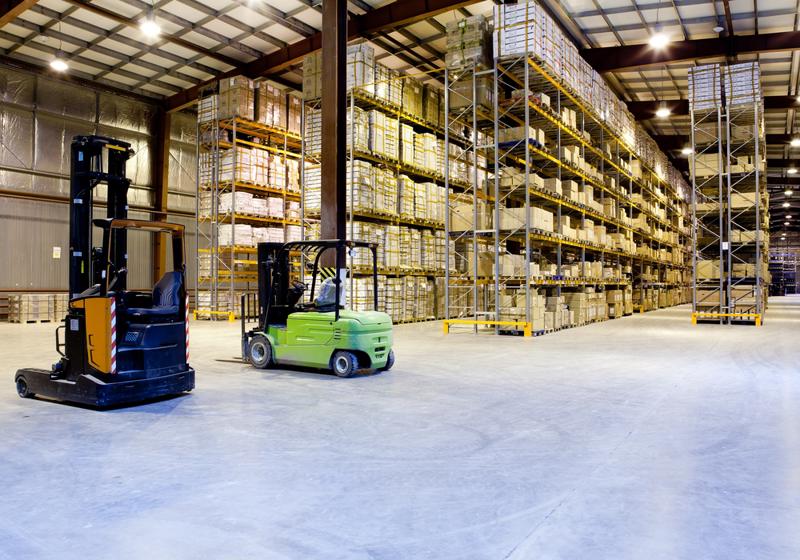
What happens to a company when a huge portion of its audience decides, en masse, to conduct business in a new and different way? The retail world is suffering through a real-world example of this hypothetical puzzler as online shopping makes entire parts of organizations' established infrastructure obsolete. Emerging strong from the changing focus affecting retail means reacting quickly to not only the changes that have already occurred, but those that are about to.
The supply chain will naturally become the locus of a lot of new practices, with goods traveling along different pathways than they have in the past, and at greater speed. When the dust settles, it seems clear that even the buildings used to house retailers' supply chain operations will likely have changed.
Supplier networks are shifting
Retail companies' supply lines are changing shape, and in many cases, that means shortening. Supply Chain Dive noted that procurement's decades of offshored production have stretched manufacturing overseas, but need for speed and bottom-line benefits have moved production back into companies' home countries and increased the number of regional distribution centers.
While some government policymakers would probably like to claim reshoring suppliers as a victory for tax incentives or political pressure, the news provider explained that simple changes in underlying market forces are actually behind a bulk of the reshaped supply chain map. After all, tax structures and political power can shift in a matter of a few years, while macro-economic trends follow longer arcs.
Companies are thinking about their customer bases, and trying to find fast and affordable ways to get items into their hands. This is especially important in industries that involve custom production. Since there's no way to prepare a customized product ahead of time, any seller dealing in such goods has a great incentive to keep production facilities close to their customers' locations.
The general move toward more supply chain real estate within companies' home markets is ongoing, though Supply Chain Dive noted it's not a workable model for every company. Businesses that examine their current value chains may discover they are already operating at peak value for their expenditure. On the other hand, the time could be right for change.

Sellers that haven't yet changed their approach to warehousing and distribution may find they've fallen behind the curve, with increased real estate prices being one potential consequence. Transport Topics reported that demand is high for large plots of land near transportation hubs, with the central New Jersey area proving especially expensive. Organizations are having to make more shipments in the e-commerce era than they did when dealing primarily with brick-and-mortar stores, driving the demand for central shipping centers.
Shifting the shape and focus of the retail supply chain is a complex operation in many parts, and the changing real estate market for warehouses and distribution centers will be accompanied by new digital infrastructure and communication methods. As long as customers are interested in buying physical goods, however, the cost-effective manufacturing and distribution of those products will be a high-level priority for all companies involved in the retail supply chain.


Post A Comment:
0 comments so far,add yours